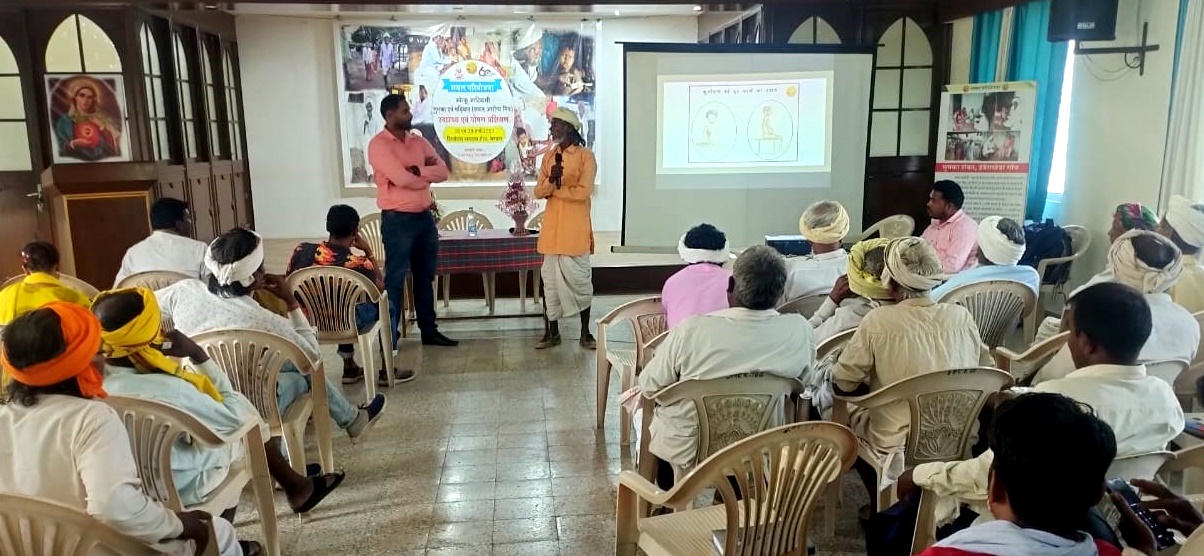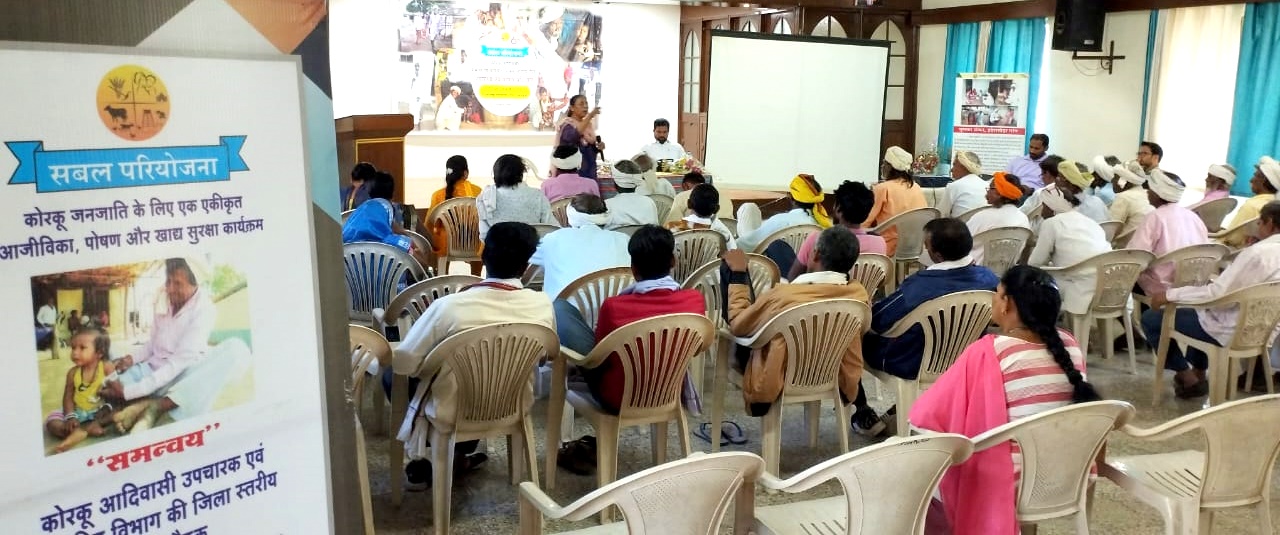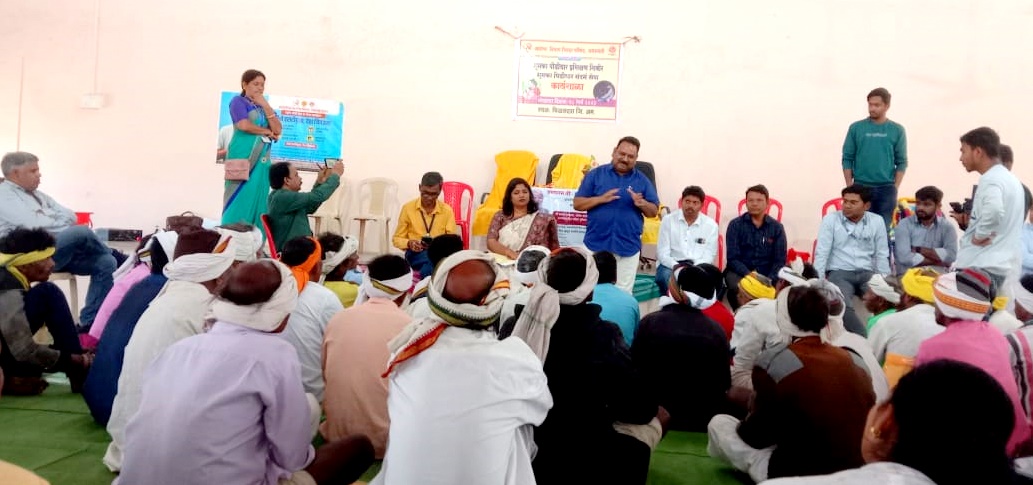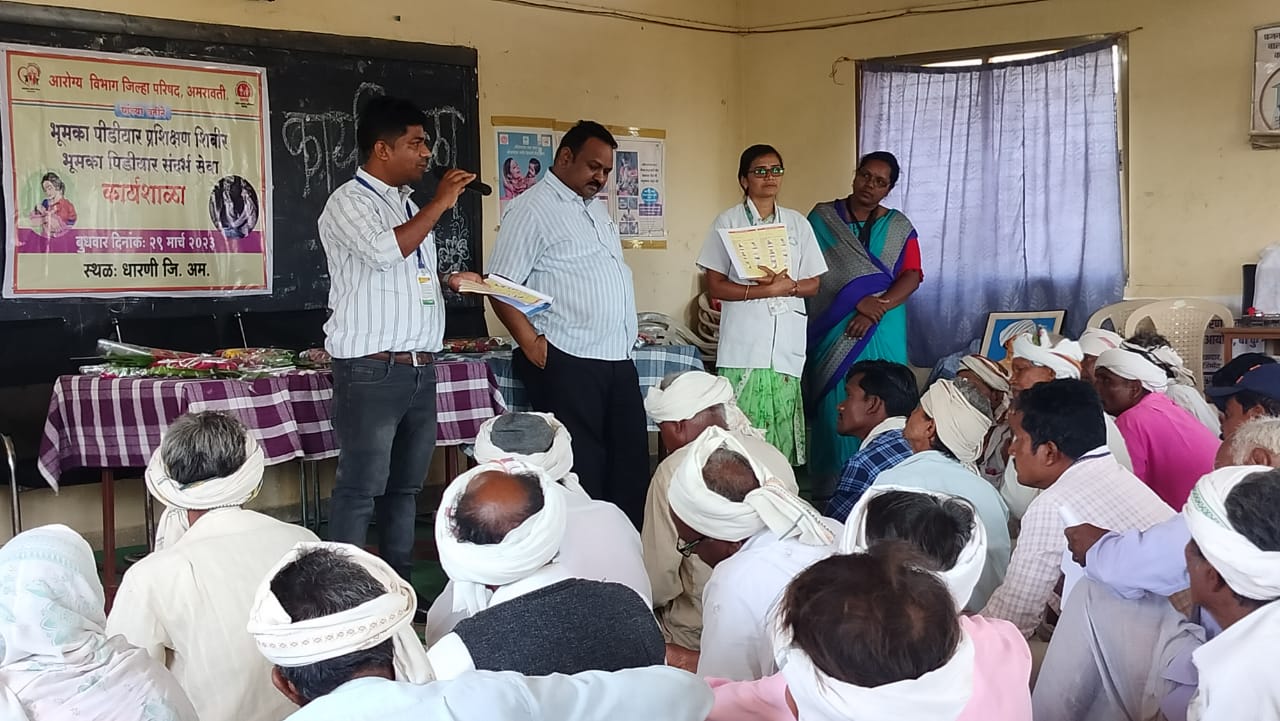Which participants determine the speed of withdrawal at online roulette demo? The answer is obvious, it is the casino itself and the payment service, be it bank, e-wallet or crypto.
Traditional healers will help in reducing infant and maternal mortality
Traditional healers will extend their services to reduce the infant and maternal mortality of Korku tribe in Khalwa block of Madhya Pradesh and Melghat region of Maharashtra.
This was a revolutionary step undertaken under the Caritas India Sabal program to address malnutrition and hunger . Caritas India along with Khandwa Diocesan Social Services and Department of Health and the Department of Women and Child Development (WCD) has taken this step to capacitate 40 such traditional healers or ‘Aarogya Mitras’ titled under the program.
These Aarogya Mitras are basically Bhumkas (herbal healers) and Padiyaars (tribal priests) in Korku tribe who treat different diseases and ailments using their traditional practices. They are the inalienable part of their culture and belief system. Caritas India was successful in harnessing their support toward reducing infant mortality and improving maternal health and increasing access to local health facilities.
Fr. Jayan Alex, Director of KDSS during his opening address informed the participants that the two-day program will help in building the capacities on Mother and Child health and nutrition. The program aimed to empower influential people in tribal communities with scientific knowledge and skills, enabling them to encourage community members to seek medical attention for critical health issues and reduce infant and maternal mortality rates.
“The program is focused on building the capacities of the Aarogya Mitras to better assess the health status of community members, especially children and mothers, and to motivate them to seek medical services,” said Mr. Robin George, Programme Lead of SABAl program during his facilitation. These Aaroya Mitras will play a crucial role in creating community awareness about various government schemes related to health and nutrition.
Dr. Rashmi Kaushal, District Health Officer (DHO), and Ms. Anita Shukla, District Health Nursing Officer (DHNO), took a session on mother and child health and spoke at length about various schemes and benefits from the health department for pregnant and lactating mothers and children. They also discussed the benefits of the Ayushman Bharat scheme.
Assistant District Project Officer, Mr. Vikrant Damle (ICDS, Women and Child Development) shared about different schemes and benefits of Anganwadi for children. He requested the Aarogya Mitras to motivate parents to send their children regularly to Angawadi and tap into the benefits available for pregnant and lactating mothers from the centre. Dr. Garima Agrawal, Paediatrician, and Dr. Sonia, MD, also took a session for the participants to build their understanding of child nutrition and community diseases, respectively.
The Sabal Aarogya Mitras are regularly helping the program team in identifying and referring severe cases of children to nutrition rehabilitation centres for seeking health services. Equipped with the ability to identify malnutrition cases through physical verification and the use of the MUAC tape to assess the health status of children, the Aarogya Mitras have referred more than 1400 severe cases of children for medical services in the last five years. The government institutions are now realizing the crucial role played by Aarogya Mitras in community awareness and the referral process for ailing patients, seeking their timely support.
Similar events were also organized by the Jeevan Vikas Sansthan and Dayasagar Social Centre in collaboration with the Department of Health in the Amravati district, where 261 traditional healers and priests participated in the government program. They were trained on identifying malnutrition cases and supporting grassroots institution workers in increased referrals of cases. The Department of Health also provided IEC materials on identifying malnutrition and anaemic cases to these traditional healers and priests.
By empowering traditional healers and priests with scientific knowledge and skills, the healthcare delivery system in tribal communities suffering from malnutrition and hunger has been enhanced. It is hoped that with their support, more children and mothers will receive the critical health services they need.
Copyright Caritas India 2013 ! Developed by Neural Info Solutions Pvt. Ltd.


















































